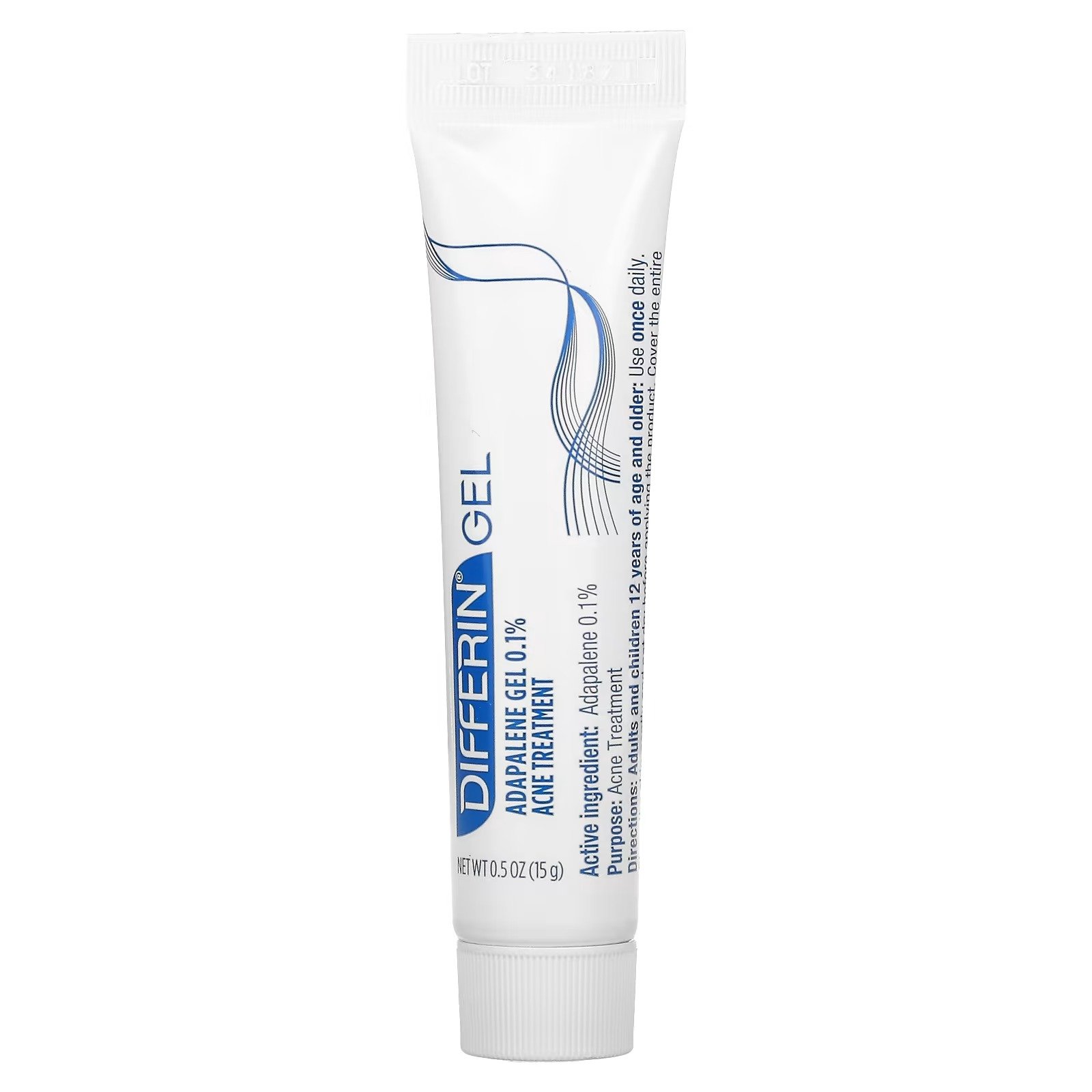How to Use Retinol
Retinol has been a popular ingredient in skin care products for decades, and it is well known for its anti-aging benefits. It can help reduce the appearance of wrinkles, age spots, and other signs of aging. Retinol is a form of vitamin A which helps to increase the rate of cell turnover and boost collagen production. In addition, retinol promotes healthy hydration levels in the skin, resulting in a more even complexion and improved texture. This makes it an ideal choice for those looking to improve their overall complexion. While there are many types of retinoids available on the market, here we will explain how to use retinol to get maximum benefit from this powerful ingredient.
Where to Start with Retinol
When starting out with retinol, it is important to begin slowly and gradually build up your usage. It's best to start with a lower concentration of retinol, and then increase the strength as your skin adjusts. A good place to start is an OTC product such as Differin or L'Oreal Paris Revitalift Derm Intensives Night Serum, both of which contain 0.3% retinol.
How Much to Use
Using too much retinol can lead to irritation and redness, so it is important to start with a small amount and gradually increase your usage. Start by using only a pea-sized amount, and work your way up to amounts up to the size of a dime. The key is to find the right balance for your skin type and avoid overdoing it.
Benefits of Retinol
Retinol has many benefits which make it an effective anti-aging ingredient. It helps to reduce wrinkles, improve skin tone and texture, and enhance collagen production for firmer skin. It also helps to boost cell turnover rate and promote healthy hydration levels in the skin, resulting in an overall brighter complexion. In addition, retinol helps to unclog pores and prevent the formation of blackheads, making it a great choice for those with acne-prone skin.
The Key to Using Retinol
The key to using retinol is patience. As mentioned above, it is important to start slowly and use a lower concentration of retinol before gradually increasing your usage over time as your skin adjusts. It can take several weeks before you begin to see results, so don't expect immediate results! You should also make sure to wear sunscreen daily when using retinol as it can increase photosensitivity in the skin.
Products for Experienced Users
If you’ve graduated from elementary level retinols, there are plenty of products suitable for intermediate and advanced retinol lovers. La Roche-Posay Redermic R Retinol Cream and Kate Somerville RetAsphere 2-in-1 Retinol Night Cream are both great options for those looking for something stronger, with each containing 1 % retinol.
When to Use It in Your Routine
Retinol should be used at night after cleansing your skin. Apply a thin layer of retinol all over the face and allow it to absorb before continuing with the rest of your skincare routine. You can also use it after applying your serum and moisturizer, if you’re particularly sensitive as this helps to lessen the direct skin impact. It is important to note that retinol should not be used in combination with other exfoliating ingredients such as AHAs or BHAs as this can cause irritation and redness.
These are just some tips on how to get started using retinol in your skincare regimen. Remember, start slowly and gradually increase usage as your skin adjusts. Be patient, use sunscreen daily, and you will soon begin to see the benefits!















